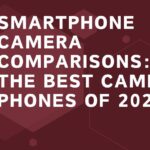
Apple iPhone 13 vs. Google Pixel 6: A Clash of Titans
As two of the most anticipated smartphones of the year, the Apple iPhone 13 and Google Pixel 6 have generated significant buzz among tech enthusiasts. In this post, we will compare these devices across several key aspects: design, display quality, camera capabilities, performance, battery life, and software experience.
1. Design and Build Quality
Apple iPhone 13
The iPhone 13 features a sleek and modern design with a glass back and aluminum frame. It is available in multiple colors and has a distinctive camera layout that adds to its aesthetic appeal. Weighing around 174 grams, it feels premium in hand. The iPhone 13 is rated IP68 for water and dust resistance, making it suitable for everyday use.
Google Pixel 6
The Pixel 6 showcases a unique design with a glass back and an aluminum frame. It stands out with its horizontal camera bar, which is both distinctive and functional. Weighing approximately 207 grams, it has a solid build quality. The Pixel 6 also carries an IP68 rating for water and dust resistance, providing durability for users.
Comparison
Both devices offer premium build quality and aesthetic appeal, but the Pixel 6’s design is more unconventional, appealing to users who prefer a standout look. The iPhone 13 maintains a more traditional design but is equally stylish and functional.
2. Display Quality
Apple iPhone 13
The iPhone 13 features a 6.1-inch Super Retina XDR OLED display with a resolution of 2532 x 1170 pixels. The display offers excellent color accuracy, brightness, and HDR support, making it perfect for media consumption. The 60Hz refresh rate is standard for Apple devices, providing smooth interactions, but some competitors offer higher refresh rates.
Google Pixel 6
The Pixel 6 comes with a 6.4-inch AMOLED display featuring a resolution of 2400 x 1080 pixels and a 90Hz refresh rate. The display provides vibrant colors and deep blacks, enhancing the viewing experience. The higher refresh rate ensures smoother scrolling and gaming experiences compared to the iPhone 13.
Comparison
While the iPhone 13 boasts superior brightness and color accuracy, the Pixel 6’s higher refresh rate offers a smoother experience. Users may prefer the iPhone for media quality or the Pixel for overall fluidity.
3. Camera Capabilities
Apple iPhone 13
The iPhone 13 features a dual-camera setup, including a 12MP wide lens and a 12MP ultra-wide lens. The camera system excels in various lighting conditions, delivering impressive photo quality with accurate colors and detail. Features like Cinematic mode allow for creative video production with depth-of-field effects.
Google Pixel 6
The Pixel 6 boasts a dual-camera system as well, with a 50MP wide lens and a 12MP ultra-wide lens. The high-resolution main sensor allows for detailed shots and exceptional low-light performance thanks to Google’s computational photography capabilities. The camera excels in capturing stunning images with great color and dynamic range.
Comparison
The Pixel 6’s higher megapixel count and computational photography capabilities give it an edge in versatility and detail, while the iPhone 13 offers a more consistent and user-friendly camera experience.
4. Battery Life
Apple iPhone 13
The iPhone 13 is equipped with a 3240mAh battery, which provides a full day of use under typical conditions. It supports 20W wired charging and 15W MagSafe wireless charging, allowing for quick recharging and convenient wireless options.
Google Pixel 6
The Pixel 6 features a 4614mAh battery, offering longer battery life compared to the iPhone 13. It supports 30W wired charging and 21W wireless charging, providing fast charging capabilities and options for users who prefer wireless charging.
Comparison
The Pixel 6 offers a larger battery, resulting in longer usage time, while the iPhone 13 provides efficient charging options, including MagSafe.
5. Performance and Software
Apple iPhone 13
The iPhone 13 is powered by the A15 Bionic chip, which offers top-tier performance for gaming and multitasking. It comes with options for 128GB, 256GB, and 512GB of storage, ensuring ample space for apps, media, and files. The iPhone 13 runs on iOS 15, providing a smooth and user-friendly interface, along with regular updates and a wide range of apps.
Google Pixel 6
The Pixel 6 is powered by Google’s custom-built Tensor chip, designed specifically for enhancing AI and machine learning tasks. It offers 128GB and 256GB storage options, providing flexibility for users. The Pixel 6 runs on a clean version of Android 12, ensuring a smooth experience without bloatware and promising timely software updates directly from Google.
Comparison
Both devices offer impressive performance, but the iPhone 13’s A15 Bionic chip may provide a slight edge in raw processing power. However, the Pixel 6’s Tensor chip excels in AI-driven tasks, particularly in photography. The choice may depend on user preference for iOS or Android.
6. Software Experience
Apple iPhone 13
iOS 15 offers a seamless and intuitive user experience, emphasizing privacy, customization, and user-friendly features. It provides a broad ecosystem of apps, services, and regular updates, ensuring users always have the latest features and security enhancements.
Google Pixel 6
The Pixel 6 runs on a near-stock version of Android 12, which emphasizes simplicity and ease of use. The Material You design offers a more personalized experience, allowing users to customize their interface. The Pixel series also comes with exclusive features like Call Screen and Hold for Me, enhancing the overall user experience.
Comparison
The choice between iOS and Android often boils down to personal preference. iOS is known for its polished experience and security, while Android offers more customization options.
Conclusion
In conclusion, both the Apple iPhone 13 and Google Pixel 6 stand out in their respective niches, offering unique features catering to different user needs. The iPhone 13 excels in performance, camera consistency, and software integration, while the Pixel 6 shines with its innovative camera capabilities, battery life, and clean Android experience. Choosing between them will depend on users’ priorities, whether they value raw performance and ecosystem or a versatile camera and customizable interface.

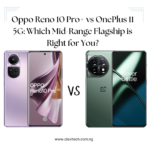
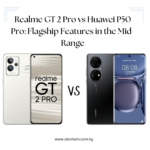
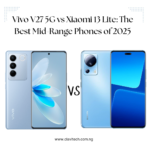
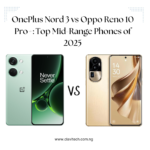
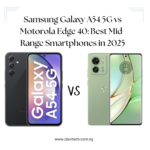
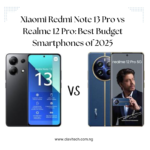
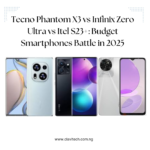
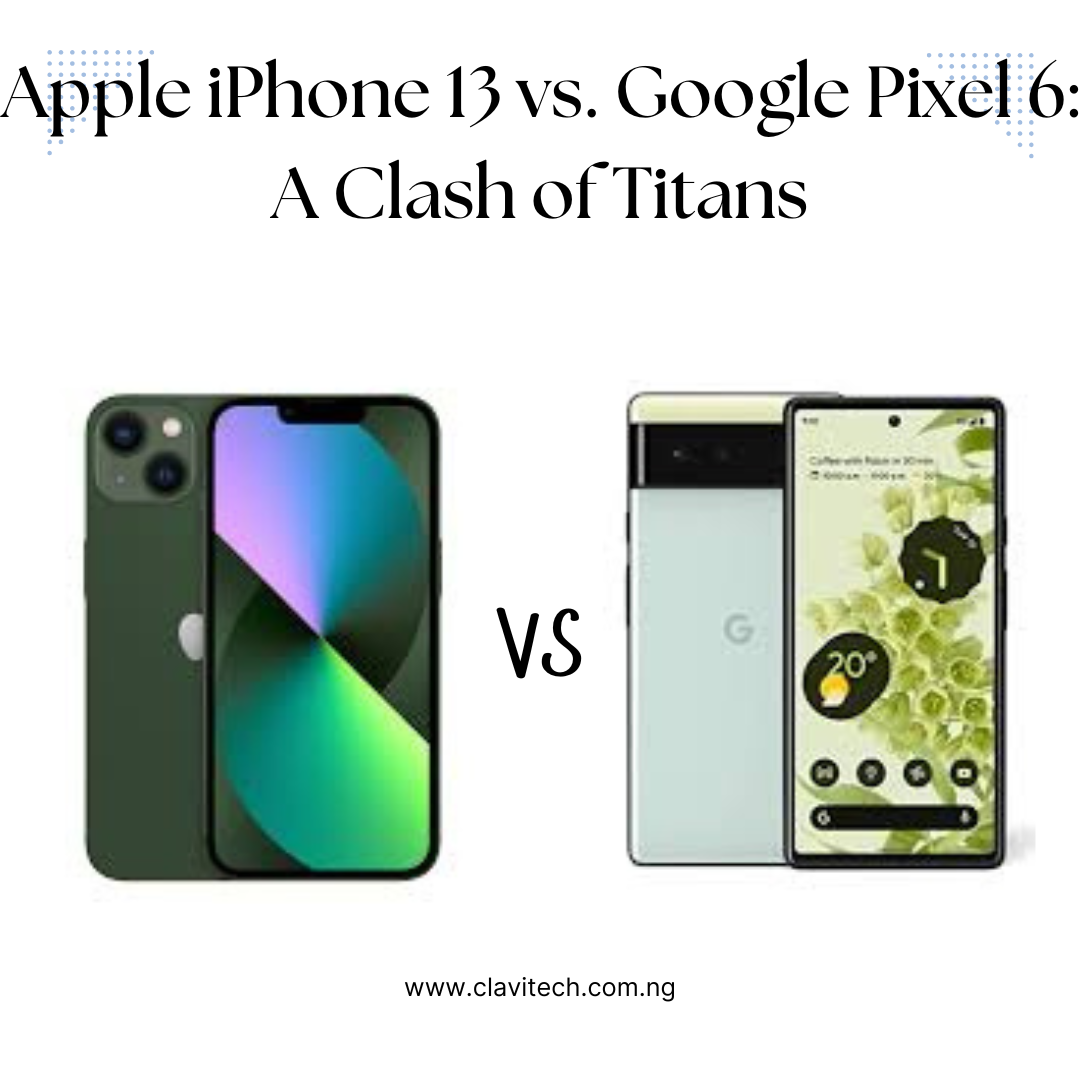
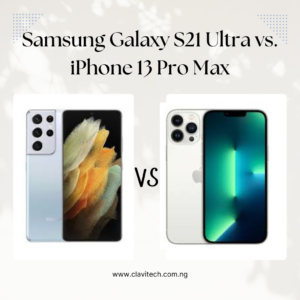
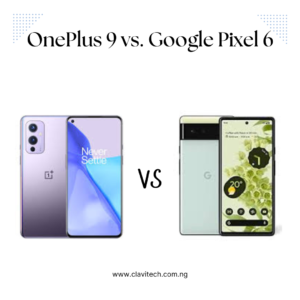
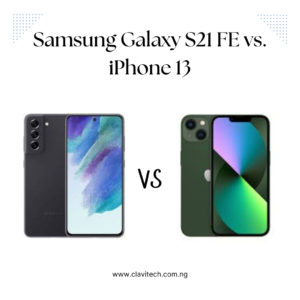
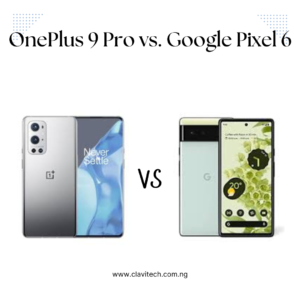
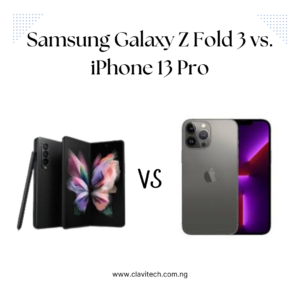
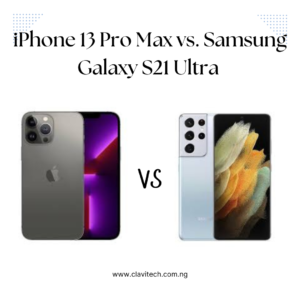
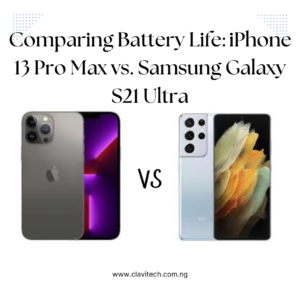
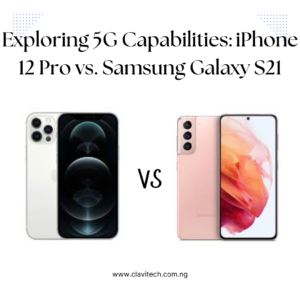
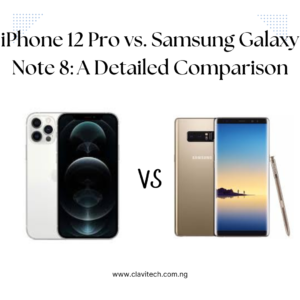
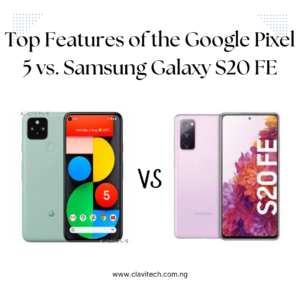
Post Comment